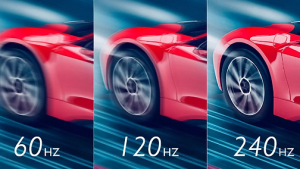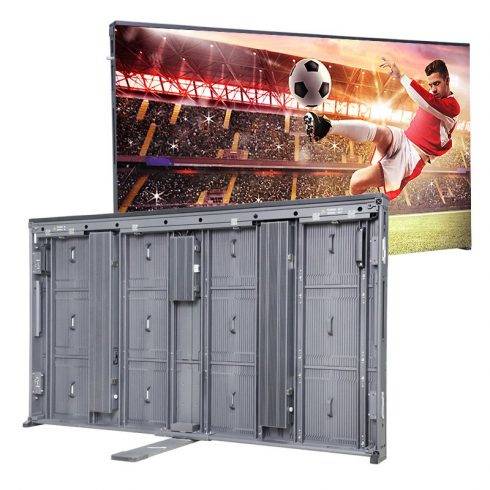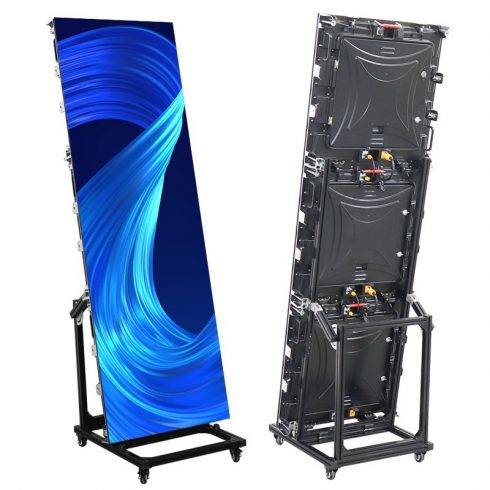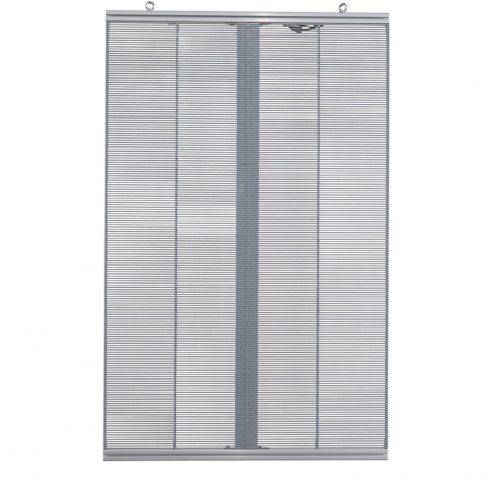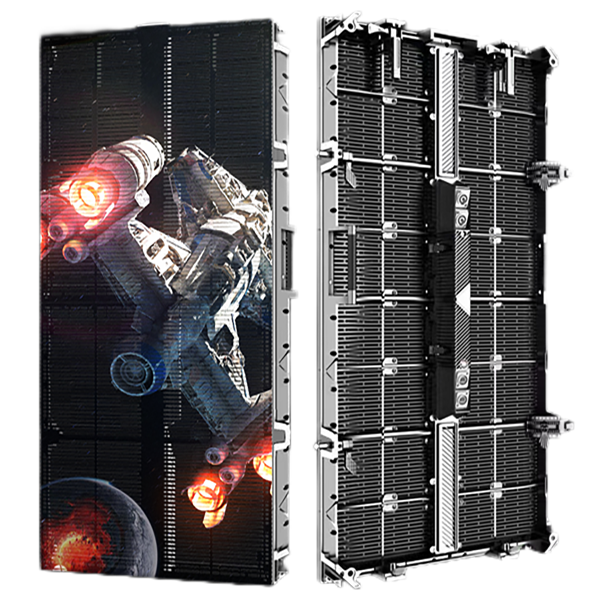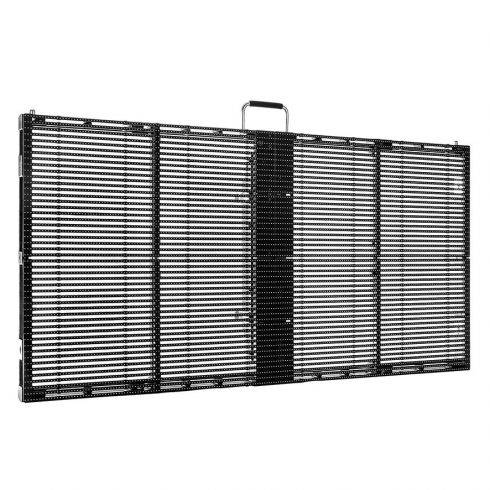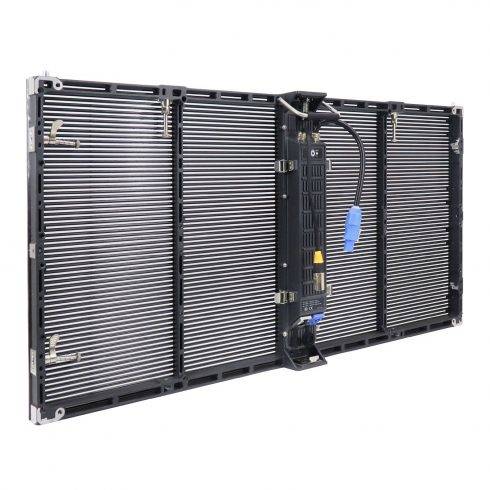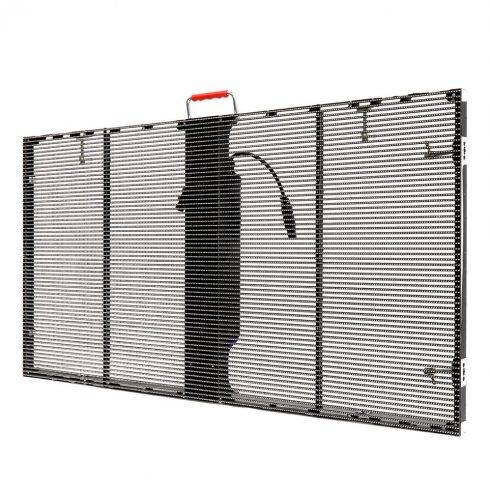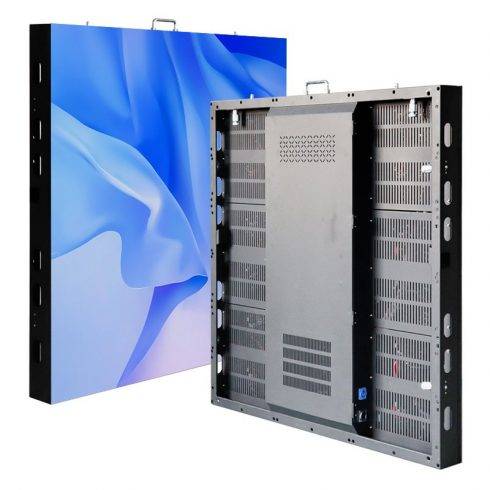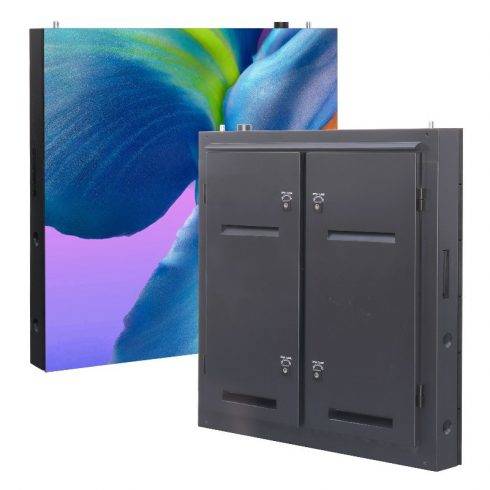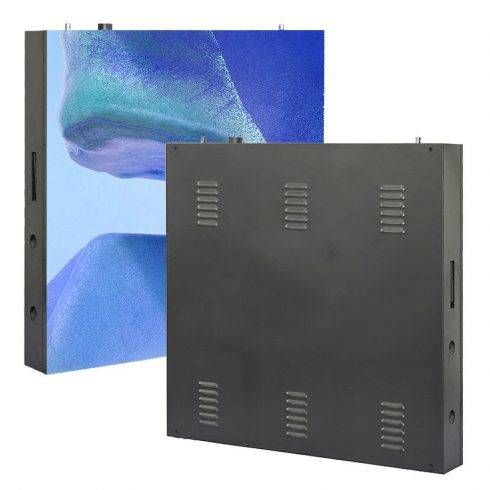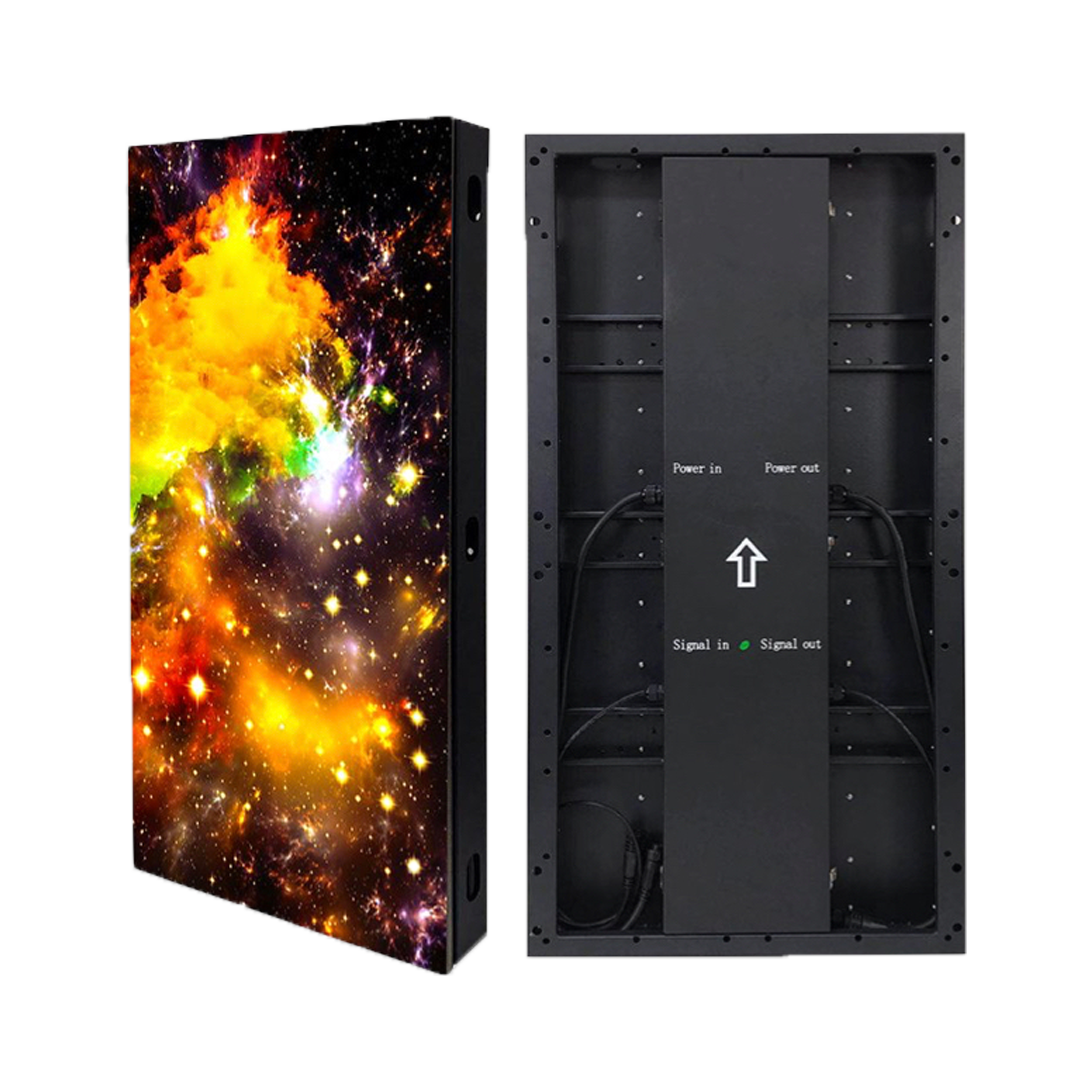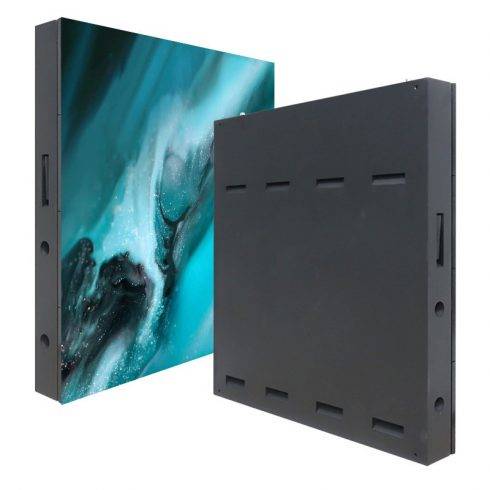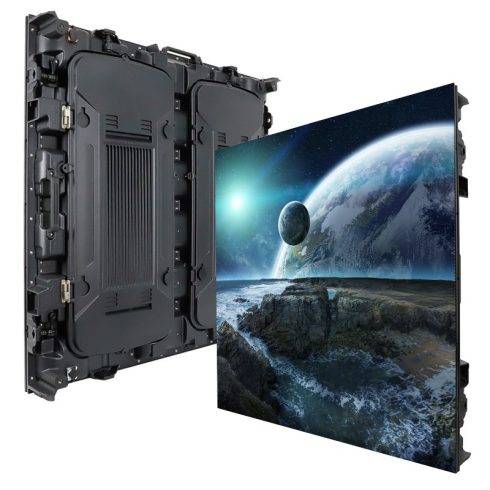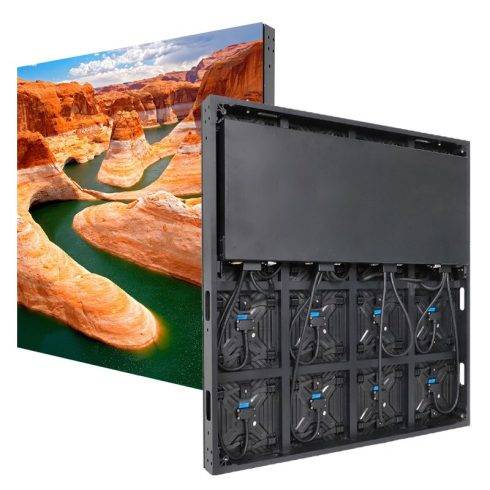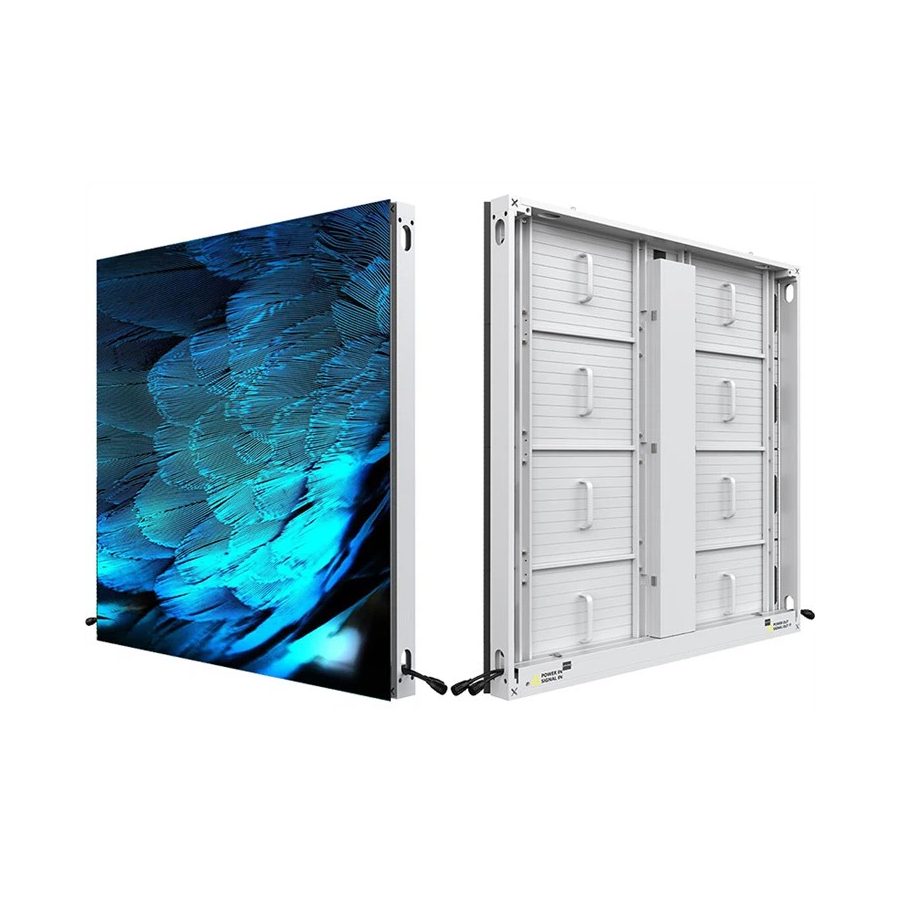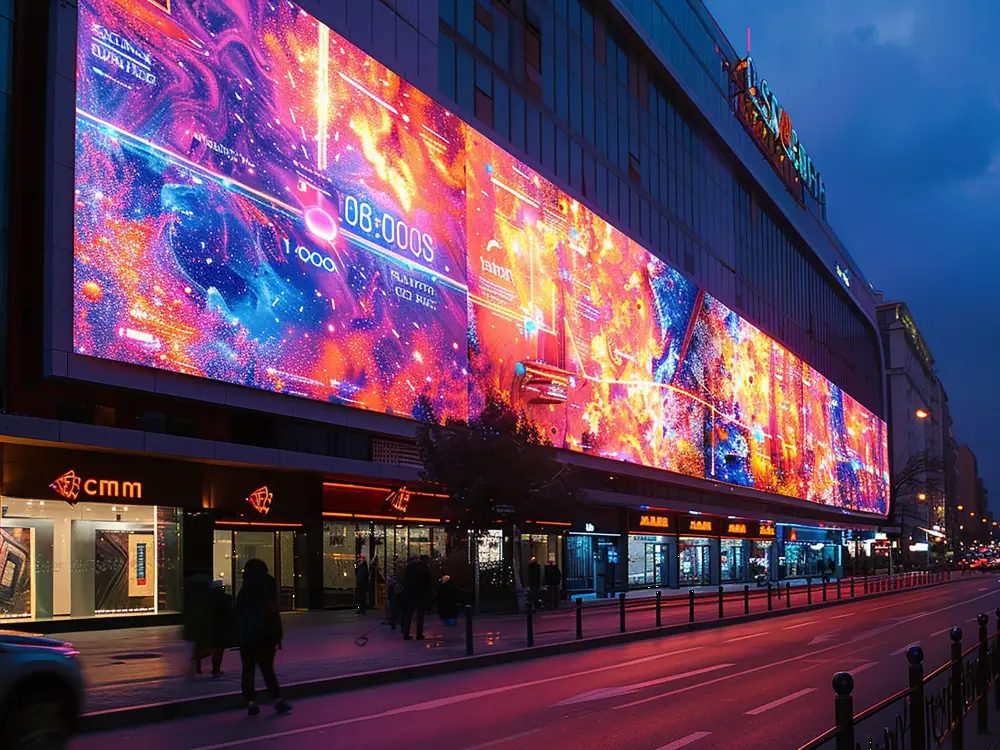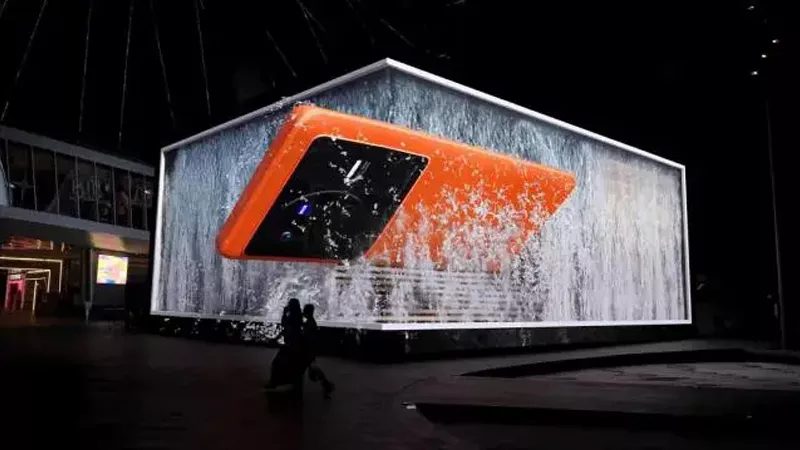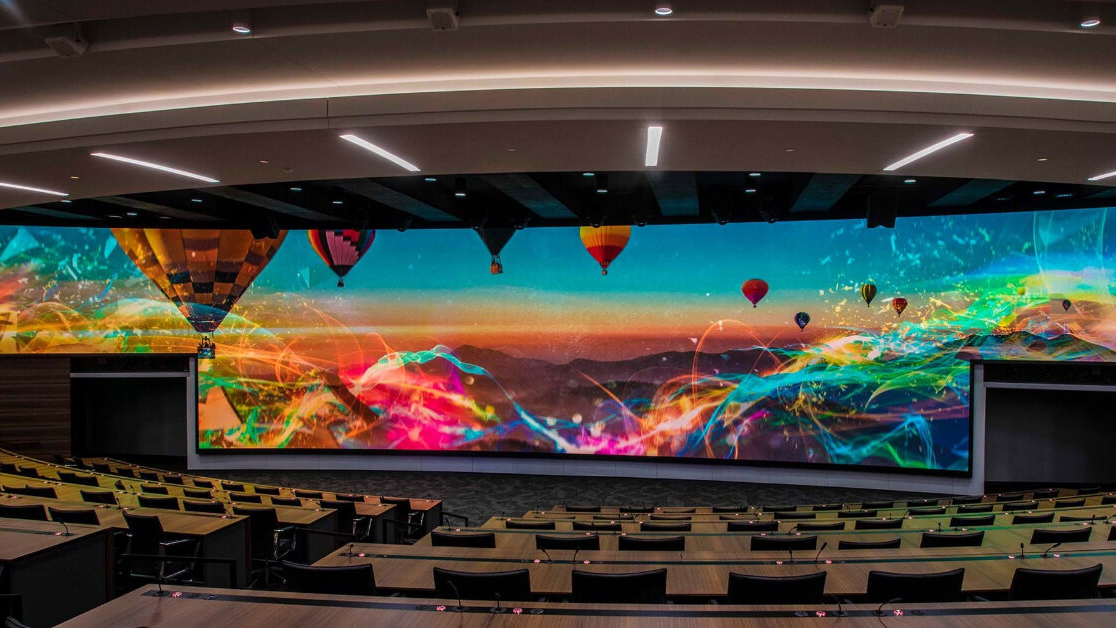LED displays are widely used in various industries for advertising, entertainment, information sharing, and public communication. The quality of these displays is paramount for delivering clear, vibrant, and impactful visuals. To maintain consistent display performance and avoid issues like color distortion, flickering, or reduced brightness, several technical controls must be implemented. This essay outlines eight key technical controls that are essential for ensuring the quality and reliability of LED displays.
1. Pixel Density and Resolution Control
One of the most crucial factors determining the quality of an LED display is its pixel density, which directly impacts its resolution. Pixel density refers to the number of LED pixels per square meter, while resolution measures the number of pixels horizontally and vertically across the screen. High pixel density and resolution are necessary for delivering clear and detailed images, especially when the display is viewed from a close distance.
For large outdoor displays, pixel pitch (the distance between the centers of adjacent pixels) should be carefully selected based on the viewing distance. A lower pixel pitch ensures higher resolution, making the display suitable for high-definition images. However, for distant viewing, a larger pixel pitch may suffice without sacrificing image quality. Ensuring that the resolution aligns with the intended usage of the LED display is critical for maintaining visual clarity and avoiding pixelation or blurring.
2. Color Calibration
Color calibration is essential for ensuring uniform and accurate color reproduction across the entire LED display. Without proper calibration, some areas of the screen may appear dimmer or have incorrect color tones, leading to an inconsistent viewing experience. Over time, individual LEDs can drift from their original color balance, requiring recalibration to restore accurate color representation.
Modern LED displays often come with automatic or software-based calibration tools that adjust the brightness and color balance of each pixel. Manual calibration can also be performed using colorimeters and photometers to ensure that the display produces the correct levels of red, green, and blue (RGB). Regular recalibration should be part of the maintenance routine to sustain the quality of the display over time.
3. Brightness Control
Maintaining the correct brightness levels is another important technical control in LED displays. The brightness of an LED display must be adjusted based on the ambient lighting conditions. For outdoor displays, especially those exposed to direct sunlight, high brightness levels (measured in nits) are necessary to ensure visibility. Conversely, indoor displays need lower brightness to avoid overwhelming viewers and causing eye strain.
Advanced brightness control systems use light sensors to automatically adjust brightness levels based on the surrounding environment. These systems help maintain optimal display visibility without consuming excess power. Too much brightness can reduce the lifespan of the LEDs, while insufficient brightness can make the content difficult to see, so a balance must be struck to achieve the best performance.
4. Refresh Rate and Frame Rate Synchronization
The refresh rate of an LED display refers to how often the image on the screen is updated per second, measured in hertz (Hz). A higher refresh rate ensures smoother transitions, reducing flickering and improving the overall visual experience, especially for fast-moving content such as videos or live sports broadcasts. Standard refresh rates for LED displays range from 60 Hz to 120 Hz or higher, depending on the display’s intended purpose.
Synchronizing the refresh rate with the frame rate (the number of frames displayed per second) is essential for avoiding artifacts such as motion blur, tearing, or ghosting. When the refresh rate and frame rate are not properly aligned, it can result in visual anomalies that degrade the quality of the display. Ensuring that both rates are consistent is key to achieving smooth and seamless visuals.
5. Gray Scale Control
Gray scale refers to the ability of an LED display to render shades between the darkest black and the brightest white. High gray scale capabilities allow the display to show subtle variations in brightness, improving contrast and enhancing image detail, particularly in low-light scenes. Achieving a high gray scale level (often 16-bit or higher) ensures that the display can reproduce a wide range of colors and brightness levels accurately.
Proper gray scale control is particularly important for high-definition and full-color LED displays used in applications such as digital signage, broadcasting, and cinema. The display’s ability to handle different shades of gray directly affects its color depth and overall visual performance. An imbalanced gray scale can lead to poor contrast and washed-out colors, reducing the display’s visual impact.
6. Viewing Angle Optimization
The viewing angle of an LED display refers to the maximum angle at which the content can be viewed without a significant loss in color accuracy or brightness. Displays with a narrow viewing angle may appear dim or distorted when viewed from the side, limiting their effectiveness in environments where viewers approach the screen from various directions, such as public spaces or large venues.
To ensure consistent image quality across all viewing angles, LED displays should be designed with wide-angle technology that maximizes the horizontal and vertical viewing angles. Typically, high-quality LED displays offer viewing angles of up to 160 degrees or more, allowing viewers to see clear images from virtually any position. Optimizing the viewing angle also enhances the usability of the display in both indoor and outdoor settings.
7. Power Supply Management
Stable and consistent power supply is crucial for the reliable performance of an LED display. Power fluctuations, such as surges or drops, can lead to inconsistent brightness levels, flickering, or even damage to the display’s electronic components. To ensure quality and reliability, LED displays should be equipped with power management systems that regulate voltage and protect against power spikes.
Uninterruptible power supplies (UPS) can be used to provide backup power in case of an outage, ensuring that the display remains operational even during power disruptions. Additionally, LED displays should be designed with energy-efficient power supplies that reduce consumption without compromising performance, particularly for large-scale outdoor displays that require significant energy to maintain high brightness levels.
8. Signal Processing and Data Transmission
LED displays rely on efficient data transmission and signal processing systems to deliver high-quality visuals. The display controller, which manages the input signals from video sources, plays a key role in maintaining image quality. Poor signal processing can lead to image distortion, delays, or loss of data, resulting in subpar performance.
High-quality LED displays are designed with advanced signal processing technology that ensures smooth data transmission and minimal latency. This is particularly important for applications where real-time content is displayed, such as live events or sports broadcasts. To maintain consistency in the image quality, robust data transmission protocols and error-correction mechanisms should be implemented to prevent signal loss or degradation.
Conclusion
Ensuring the quality and stability of an LED display requires the implementation of several technical controls that address critical performance factors, including pixel density, color calibration, brightness control, refresh rates, gray scale, viewing angles, power management, and signal processing. These controls not only enhance the visual quality of the display but also improve its longevity and reliability, ensuring that the investment in LED technology delivers optimal results over time.
By focusing on these key areas, LED displays can provide high-quality, vibrant visuals that meet the demands of various applications, whether in advertising, entertainment, or public communication.

